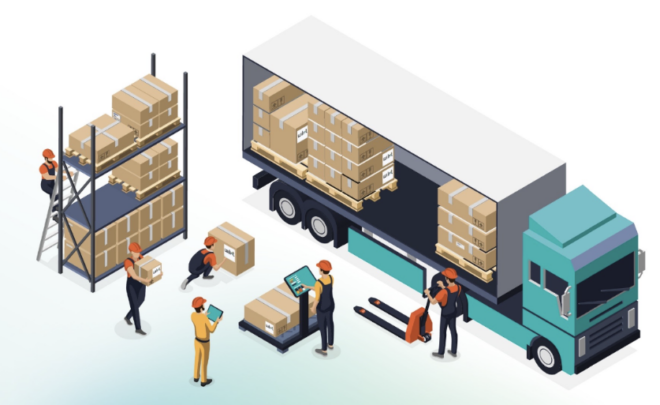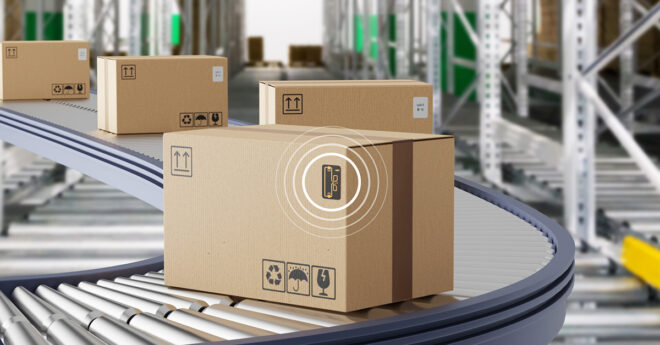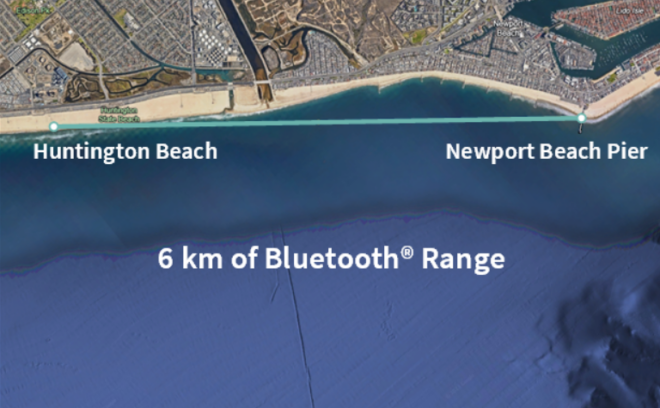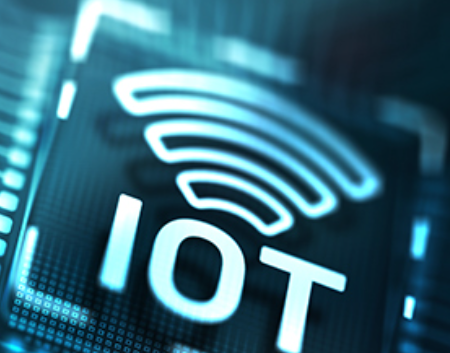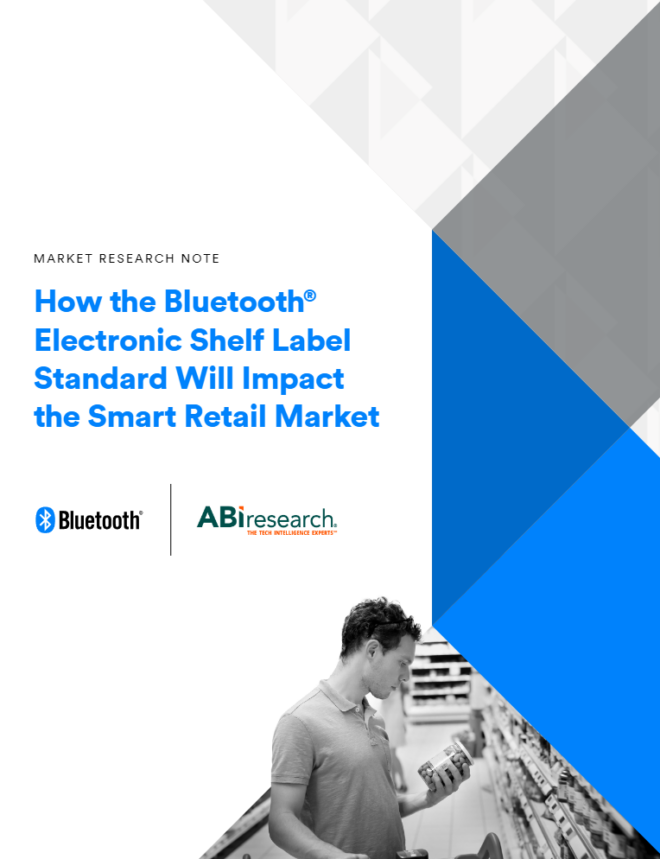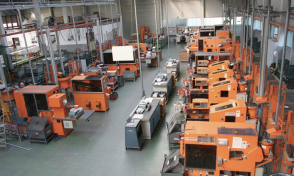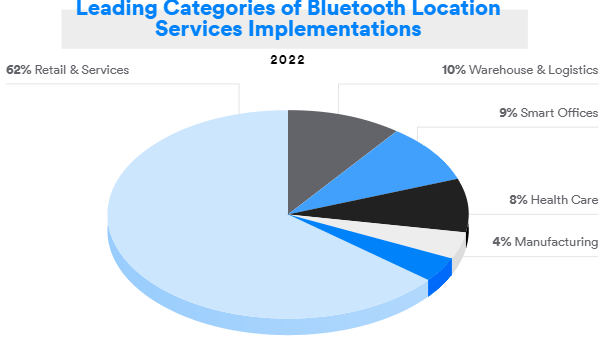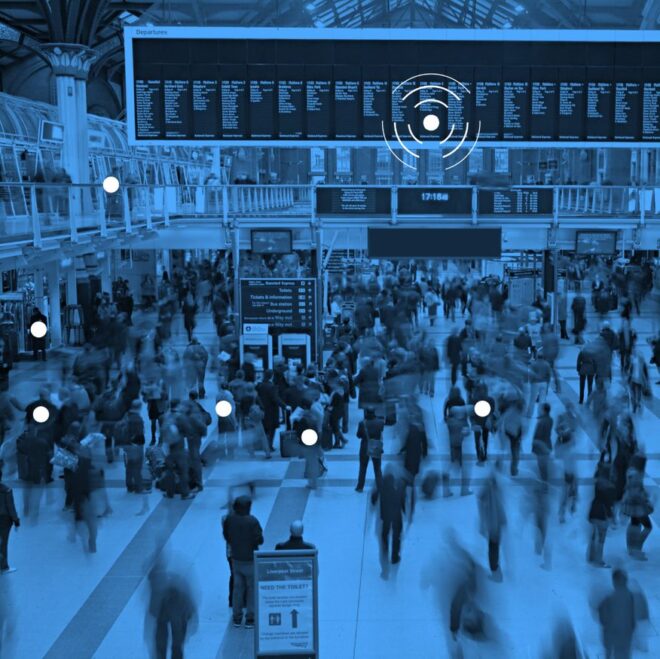Are you a Bluetooth member designing innovative wireless solutions? You may be eligible to participate in the Bluetooth Member Promotion Program.
A global provider of positioning and wireless communication technologies for the automotive, industrial, and consumer markets, u-blox creates solutions that let people, vehicles, and machines determine their precise position and communicate over wireless networks.
“Bluetooth® is a robust, long-range technology well suited for non-consumer applications and use cases.”
Pelle Svensson, u-blox
Business Development Manager of Industrial and Medical Markets in u-blox’s Short-Range Product Center Pelle Svensson recently spoke with me about how u-blox is using Bluetooth® technology to empower customers to develop innovative solutions for industrial and commercial environments.
![]()
Q & A with Pelle Svensson
Which markets does u-blox support, and what solutions do you provide?
We support a range of markets with our GNSS receivers and our 2G, 3G, 4G, and 5G cellular and Bluetooth and Wi-Fi connectivity solutions. We started by selling GNSS receivers to automotive OEMs and Tier 1s to enable satellite-based navigation solutions and wireless communication solutions for in-vehicle entertainment systems. Our product portfolio, which already enables vehicle-to-vehicle (V2V) and vehicle-to-everything (V2X) connectivity, will eventually contribute to enabling autonomous driving.
As they lie right on the intersection of positioning and wireless communication, tracking solutions have been an obvious market for our products, including people, pet, vehicle, or asset tracking. In the medical sector, our solutions include connected medical devices for blood glucose monitoring, as well as real-time patient monitoring for use in the clinic.
Our industrial customers use our solutions to connect sensors to controllers and the cloud, to remotely control machines, and to enable human-machine interfaces. Other common industrial use cases include asset tracking and connecting power tools in assembly lines, as well as on construction sites where they facilitate tool configuration, tracking, and diagnostics.
Smart buildings leverage our wireless connectivity to enable smart lighting, HVAC, and access control, and security and surveillance systems. And, finally, smart cities integrate our technologies to set up city-wide mesh networks for device monitoring (e.g., for electric cabinets), smart-parking solutions, EV (electric vehicle) charging stations, and smart-utility metering.
Why use Bluetooth technology?
Back in 1998, ABB Corporate Research evaluated Bluetooth in harsh industrial environments, including concrete, steel, and EMC (electromagnetic compatibility) noise. The results were excellent.
This led some of my colleagues at ABB to found connectBlue, which focused on providing Bluetooth connectivity for industrial automation applications and use cases by delivering end products and pre-certified modules. I joined connectBlue from the Ericsson Bluetooth Division shortly thereafter. connectBlue was acquired by u-blox in 2014.
For many of our customers, long-range – or, rather, good-link budget – is critical to use cases where distances are important or where signals are obstructed by obstacles. Waste-water plants are examples of the former, while remote controls for truck cranes, where the person holding the remote control and the receiver are often on opposite sides of the truck, are an example of the latter.
As early as 2005, connectBlue developed modules achieving ranges of more than 1.5 km with Bluetooth Basic Rate/Enhanced Data Rate (BR/EDR). With the latest version of Bluetooth Low Energy (LE), we are once again able to provide long-range features for low-power devices – often a prerequisite for Industrial IoT (IIoT) applications.
Back in the early days, the common chorus on Bluetooth® among industry players was: “It’s a few-meter-range technology. There’s no way we can use it in industrial applications.” We constantly had to educate the market about the long-range capabilities of Bluetooth. And, while customer awareness has improved tremendously, we still occasionally must do so.
![]()
FEATURED RESOURCE
The Bluetooth Range Estimator
Calculate the expected range between two Bluetooth devices.
What location services or smart building spaces are you currently in?
Two examples come to mind. One of our Swedish customers delivers products and services for construction site management. They recently launched a product that combines GNSS and Bluetooth® to keep track of equipment on individual construction sites as well as within an entire city. And then there is a smart city project we are currently involved in with city of Lund in Sweden, ABB, Schneider Electric, and other partners. There, the application is to monitor power distribution cabinets throughout the city using Bluetooth mesh. The network, once in place, can be used as a communication backbone for a whole host of additional applications, such as environmental data sensing.
What would you tell technical decision makers, product managers, and the like who may be considering wireless protocols for commercial and industrial projects that have longer range requirements?
We spent almost 20 years convincing the market that Bluetooth® is a robust, long-range technology well suited for non-consumer applications and use cases. For years, we delivered Bluetooth solutions with ranges over one kilometer, and many of our customers in non-consumer markets make use of the range and link budget Bluetooth provides.
Bluetooth is good for tough applications, and the solutions we developed using the technology prove it. In this article, Seven reasons why Bluetooth is perfect for the Industrial IoT, we’ve distilled down the arguments we give our potential customers in favor of using Bluetooth in the Industrial IoT.

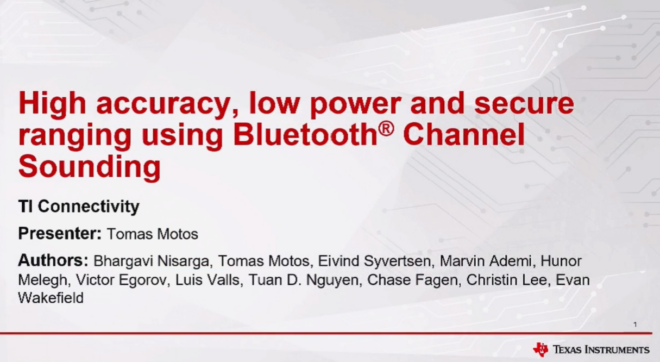

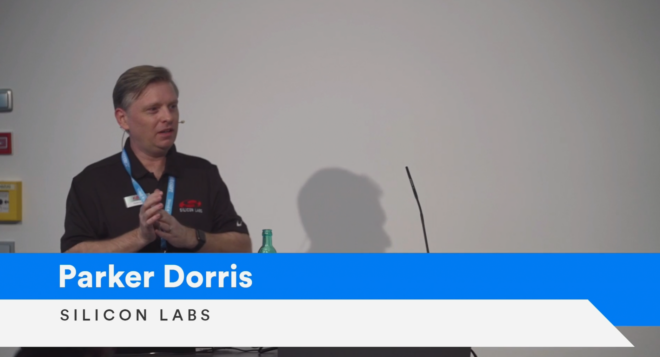


![ABI Growth Chart.png 815076338[1]](https://www.bluetooth.com/wp-content/uploads/2024/03/ABI_Growth_Chart.png_8150763381-660x384.png)
